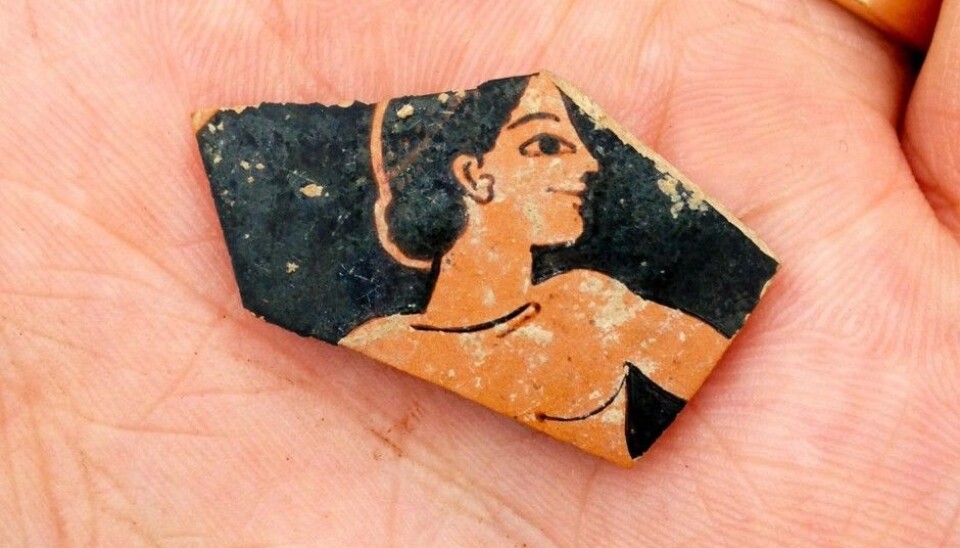
A 2,500-year-old city found in Greece
Five hours north of Athens is the town of Vlochós. Archaeologists have now discovered that this spot has not always been such a backwater as it is today. A thriving city was located here in antiquity.
Swedish, Greek and British archaeologists have found fragments of ceramics, coins and much more hidden beneath a hilltop rising from the Thessalonian Plains.
This has now been shown to have been an ancient Greek metropolis.
“We found a town square and a street grid that indicate that we are dealing with quite a large city. The area inside the city wall measures over 40 hectares,” said researcher Robin Rönnlund of the University of Gothenburg in a press release.
That is about 100 acres.
Rönnlund and a colleague happened across the site in connection with another project in 2015. The doctoral degree student now leads the Vlachos Archaeological Project (VLAP).
The project entails collaboration between the Swedish Institute at Athens, British researchers and local archaeological authorities.
In the course of September 2016 the archaeologists uncovered many of the secrets hiding under the ground in the 2,500-year-old metropolis. Coins and fragments of pottery help determine the age of the city.
The oldest finds were from about 500 BC. The city was probably at its peak around 200 to 300 BC.
Visible from the air up on the hill are remnants of fortress walls, towers and city gates.
Archaeologists currently know very little about ancient cities in this region of western Thessaly. Many assumed that it was a rather irrelevant settlement in the Hellenic World. The discovery shows this to be incorrect.
The project is a reminder that there is much history yet to be found in Greek soil. The researchers hope their project will help provide clues as to what happened in this period of Greek history.
Earlier this year Science Nordic’s partner forskning.no wrote about archaeologists from the University of Copenhagen who along with Greek colleagues had found large amounts of wooden constructions from 500 AD during an excavation of most important Corinthian harbour city.
--------------------------------------
Read the Norwegian version of this article at forskning.no
Translated by: Glenn Ostling




